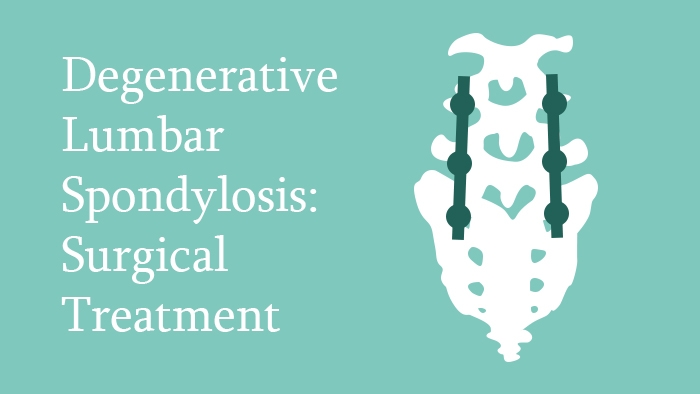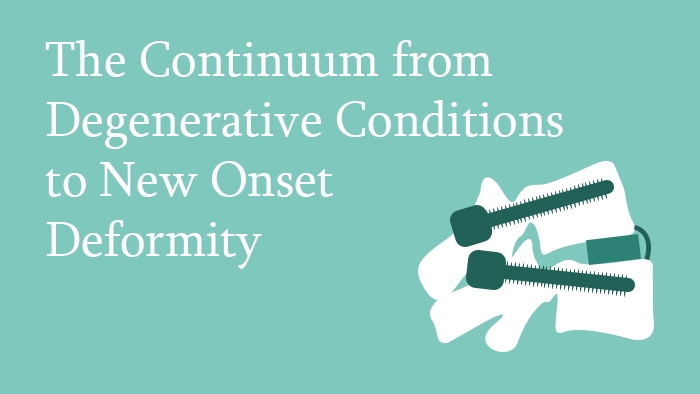Prof Pedro Berjano
eccElearning Spine Surgery Education Programme Faculty
Dr Pedro Berjano is a highly experienced Spine Surgeon and a key member of the eccElearning Spine Surgery Education Programme faculty.
The Spine Surgery Education Programme contains 180 Spine Surgery Lectures, and contains Specialist Certificates and the full Postgraduate Diploma in Spine Surgery.
The eccElearning Spine Surgery Faculty is made up of over 140 expert spine surgeons and educators. They have collectively supported the development of the world’s first comprehensive, online postgraduate education programme in a medical sub-speciality, spine surgery.
Pedro Berjano, MD
- Head, GSpine4, IRCCS Istituto Ortopedico Galeazzi, Milan, Italy
- Deputy Editor (Media), European Spine Journal
Contributions of Dr Pedro Berjano
Module: Degenerative Disorders of the Thoracolumbar Spine
Dr Pedro Berjano edits this module, which covers the main pathologies of Degenerative Disorders. These include disc herniation of the lumbar as well as the thoracic spine, spinal stenosis, spondylosis and degenerative spondylolisthesis. It is one of nine Modules of the Spine Surgery Diploma.
Lecture: Thoracic Disc Herniations
In this spine surgery lecture, Dr Pedro Berjano describes in detail the anatomy of the cervical spine. The structures of each cervical vertebra and the joints formed in between them are described, and the structures responsible for providing stability are highlighted. The role and function of the ligaments and muscles found in this region are presented. Particular attention is given to the vertebral artery, its course and routinely encountered anatomical variations.
Lecture: Degenerative Lumbar Spondylosis: Surgical Treatment
In this spine surgery lecture, the surgical treatment for lumbar spondylosis is described by Dr Pedro Berjano. The problems of lumbar spondylosis are discussed to highlight the potential benefits which a successful surgical treatment can bring. The principles and surgical goals are explained in detail, followed by an explanation of the fusion techniques using detailed diagrams, and further learning experience is enhanced with help of radiographic imaging. The motion preservation strategies are also covered with special emphasis on artificial disc replacement. Finally, the proper patient selection for these strategies is highlighted.
Lecture: Degenerative Spondylolisthesis: Epidemiology, Diagnosis, Classification
This lecture gives a description of degenerative spondylolisthesis. The risk factors are explained, including facet joint morphology, gender, pregnancy and age, and the pathogenesis and natural history of the disease are described. The classification systems discussed in the lecture include grading of stenosis by Schizas, type of spondylolisthesis by Wiltse and co-workers, and Marchetti and Bartolozzi classification. The latest classification which incorporates the balance and alignment – the one proposed by Gille – is discussed in detail.
Lecture: The Continuum From Degenerative Conditions to New Onset Deformity
This lecture deals with the development of deformity caused by age related degeneration. The basics of the concept of sagittal alignment are explained, followed by a description of the effects of position and size of cage on the restoration of lordosis with pictorial representation of each scenario. The restoration of balance using interbody fusion strategies including ALIF, PLIF, TLIF and DLIF are discussed. Finally, the importance of proper patient positioning during surgery for the restoration of sagittal alignment is explained with the illustration of representative clinical pictures.
Lecture: Sacroiliac Joint Pain, Evaluation and Treatment
This lecture covers the management of sacroiliac joint pain, beginning with a description of the anatomy and biomechanics of sacroiliac joint. The clinical presentation is outlined and the examination methods are explained in detail including videos of very important tests. Conservative and operative treatments are discussed, and the indications for each group of treatment are explained in detail. The operative management is further clarified with help of detailed documented clinical cases.
Lecture: Complications and Revisions in Thoracolumbar Trauma
This lecture begins with a look at the complications to other structures, besides the spine, including damage to the surrounding structures such as vessels, solid organs and hollow viscus. This is followed by a discussion of the complications that can occur due to inappropriately managed thoracolumbar trauma. This covers the entire spectrum of complications, ranging from pseudarthrosis to rigid post traumatic kyphosis. These are presented using relevant clinical examples, and the appropriate procedures to address the issues are given.









